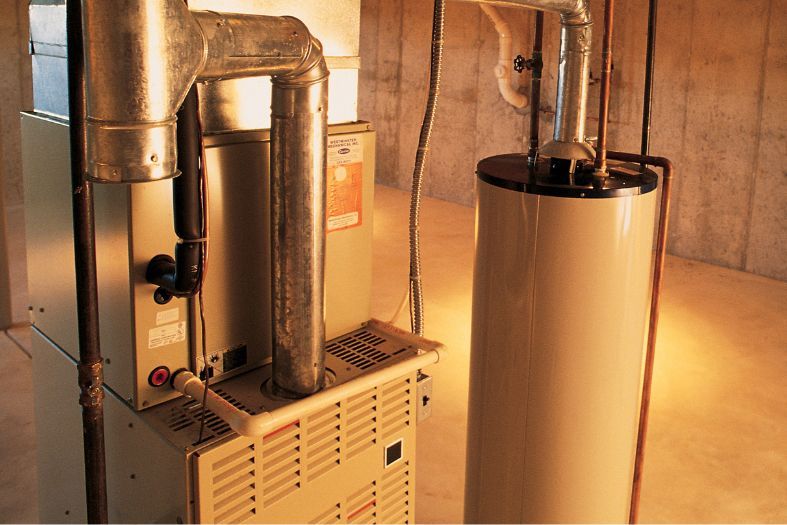
How Much Does it Cost to Replace a Furnace?
If you want a warm and comfortable home during the cold of winter, you need a functioning furnace. However, furnaces become less efficient with time. They can even break down, needing to be repaired or even replaced. The cost of replacing your furnace will likely be high, but it is often necessary if you’re looking to ensure uninterrupted heating and lower energy costs. That raises the question – `?
Namely, the cost of replacing a furnace varies depending on several key factors, such as the furnace’s fuel source, capacity, and energy efficiency. Our comprehensive guide explores the various factors contributing to the cost of replacing a furnace. We’ll also share key tips on how to lower overall expenses, so stick around if you want to learn more.
Signs You Need to Replace Your Furnace
Recognizing the signs that your furnace is not working as intended is important in avoiding unexpected breakdowns and costly repairs. The signs you should look for include:
- Furnace age: A home furnace typically lasts between 15 and 20 years. As it comes closer to that 15-year mark, it’s better to replace it than constantly repair it.
- Frequent repairs: If you constantly contact professionals for furnace repairs, you should consider if getting a replacement is more practical. Continual breakdowns are not just inconvenient but also expensive.
- Increasing energy bills: With time, the performance of furnaces declines, resulting in higher energy bills due to diminished efficiency. A significant increase in heating costs may indicate that it is time to replace your furnace with a more energy-efficient model.
How Much Does it Cost to Replace a Furnace?
The costs of replacing a furnace are not as straightforward as they seem. Several key aspects of a new furnace directly affect how much the unit and the replacement procedure will cost:
Cost by Fuel Source
The fuel source used to power a furnace is the most significant factor in determining the cost of replacing an existing unit. The most common furnace fuel sources include electricity, natural gas, propane, and oil.
Electric Furnaces
Electric furnaces are a top option for places with mild climate. They are easy to install, as all you need is access to electricity to get them running. While inexpensive to purchase compared to gas units, electric furnaces cost more when used daily. The average cost to replace an electric furnace is between $2,500 and $4,500.
Pros:
- Clean burning
- Readily available energy source
Cons:
- More expensive to run
Gas Furnaces
Gas furnaces are another common choice for heating homes in areas with direct access to a gas line. With gas prices significantly lower than electricity, running a gas furnace is much more cost-effective than an electric furnace. Replacing a gas furnace ranges from $3,500 to $10,000, with an average cost of $7,000.
Pros:
- Cost-effective daily use
- Relatively clean burning
- Efficient
Cons:
- Noisy on start-up
- Gas may be unavailable in your area
Propane Furnaces
Propane furnaces are a great alternative to gas furnaces for homes that don’t have access to natural gas. The condition for replacing an existing furnace with a propane one is that there is enough space to accommodate a propane tank. The costs to purchase and install a propane furnace move between $2,500 to $7,500.
Pros:
- Independent power source
- Clean fuel source
- Easy to convert from an original gas furnace
Cons:
- The need to install a propane tank
- Tank refills
Oil Furnaces
Finally, oil furnaces are the norm in areas with colder climates, particularly in the northeastern United States or Canada. Moderate on the energy-efficiency scale, oil furnaces will set you back anywhere between $4,000 and $9,000, depending on the model, manufacturer, and size.
Pros:
- Utilizes an existing tank
- An independent power source
- Suitable for very cold areas
Cons:
- The constant need to supply fuel
- Tank installation may be required
Furnace Replacement Costs by Capacity
The measurement unit for the capacity of a home furnace is a BTU (British Thermal Unit). It is another significant factor that directly influences the costs of furnace replacement. As a rule of thumb, the home’s size can dictate the furnace’s capacity. Here are the usual furnace capacities you will come across:
- 40,000 to 60,000 BTU furnaces: These are suitable for heating homes up to 1,200 square feet. Replacing such a furnace ranges between $2,000 and $3,000.
- 80,000 to 100,000 BTU furnaces: These are medium-capacity range furnaces that can easily heat homes with a surface of up to 2,000 square feet. You can expect a furnace of this size to cost around $2,500 to $4,000, with an average replacement cost of $3,500.
- 100,000 to 125,000 BTU furnaces: These high-powered furnaces can take care of the heating needs in homes of over 2,100 square feet. The average replacement cost can go up to $9,000, depending on the specific unit.
Furnace Replacement: Tips for Lowering the Costs
Now that you know how furnace type and size influence the cost of replacing one, let’s look at a few ways to reduce these costs as much as possible. The following tips can help you significantly bring down the cost of replacing a furnace, so ensure you pay attention to them:
- Research and compare prices: Comparing the prices of different furnace models and suppliers requires careful research and time. As tedious as it may seem, it can help you get a more cost-effective furnace. Remember to look for reputable brands that offer energy-efficient options and request quotes from multiple furnace replacement companies before purchasing one.
- Consider energy efficiency: The initial investment required by an energy-efficient furnace significantly reduces costs in the long run. A high Annual Fuel Utilization Efficiency (AFUE) rating should be what you’re aiming for. These units convert a higher percentage of fuel into heat, reducing costs.
- Maintenance and warranty: A regular maintenance schedule can significantly extend the lifespan of your furnace, meaning you won’t need to look for a replacement any time soon. Comprehensive warranties cover this aspect and should be one of the first things to inquire about from furnace replacement companies.
- Membership club or promotional discounts: Speaking of warranties, take advantage of any promotional offers coming your way to get free repairs and services a few times yearly.
- Professional vs. DIY furnace installation: While basic furnace and HVAC maintenance is not too complicated and should be taken care of by homeowners, replacing a furnace is a professional job. Hiring experienced HVAC technicians ensures proper installation and helps you avoid potential safety hazards.
Conclusion
If you ever find yourself wondering how much does it cost to replace a furnace, think about the fuel source and capacity first. Then, try to lower the cost using the tips above. It will surely be useful to shave off a few hundred bucks but still get professional installation.
Now that you know everything about the costs of replacing a furnace, all that is left is picking the best type and model for you. Our team of professionals at Gee Heating and Air can help you, so contact us whenever you need professional technicians for a seamless furnace replacement and installation!
Table of Contents
More Articles
Categories

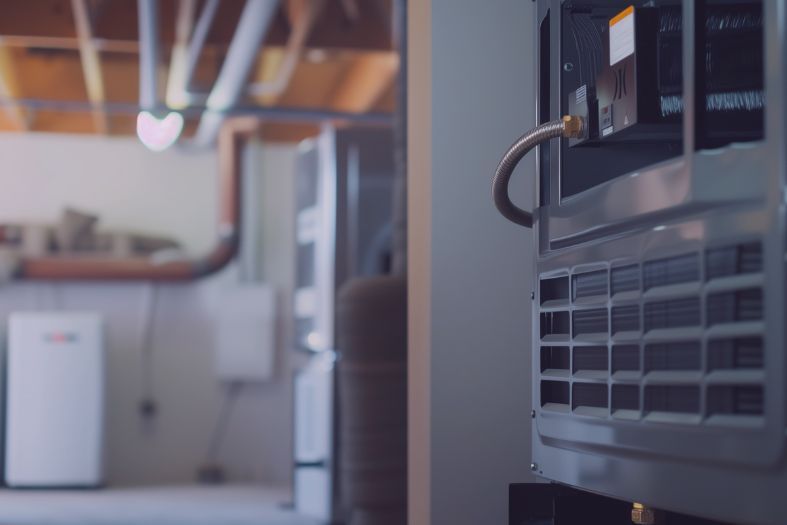
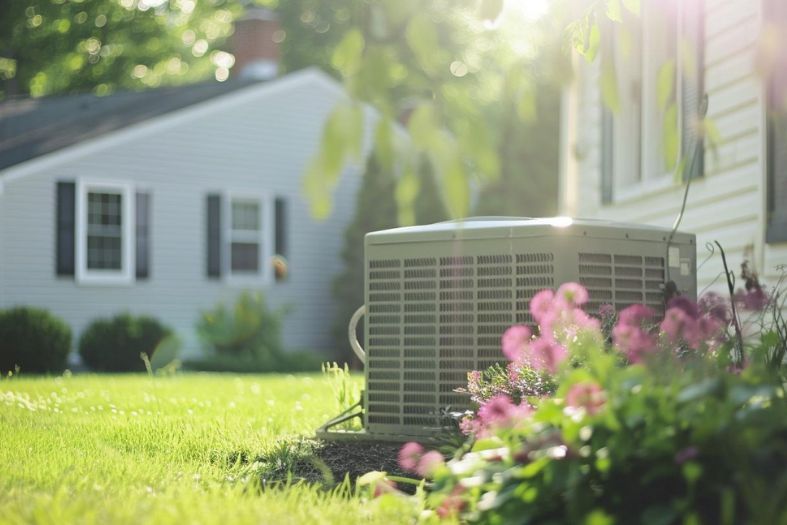
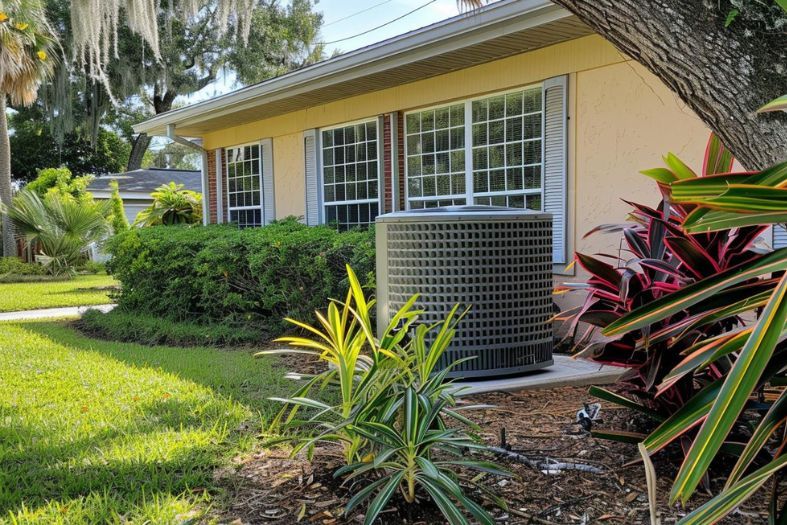

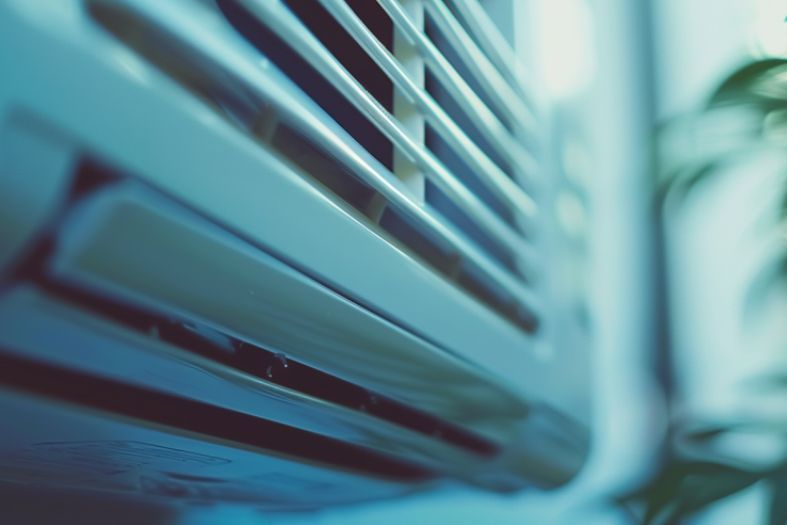

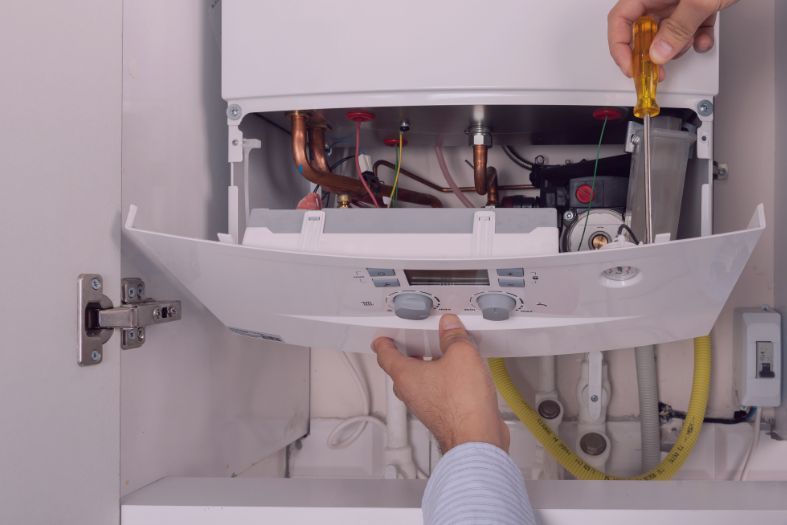
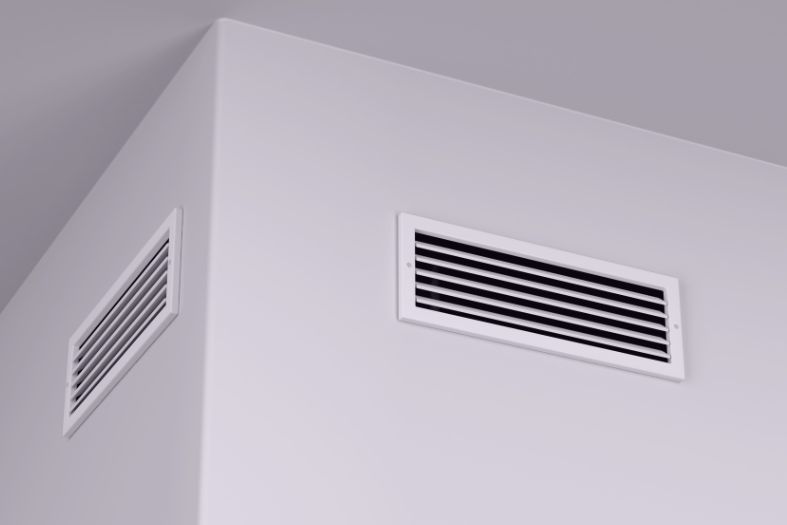
Leave a Reply